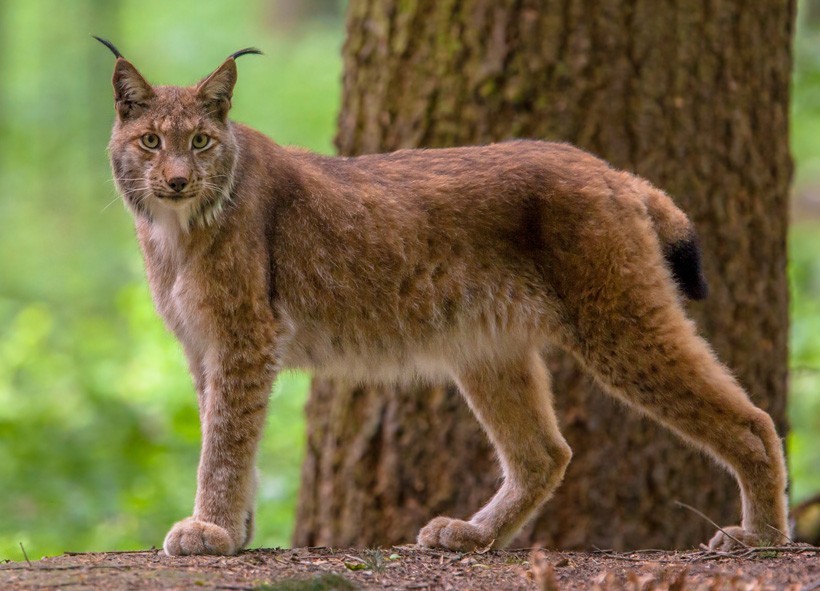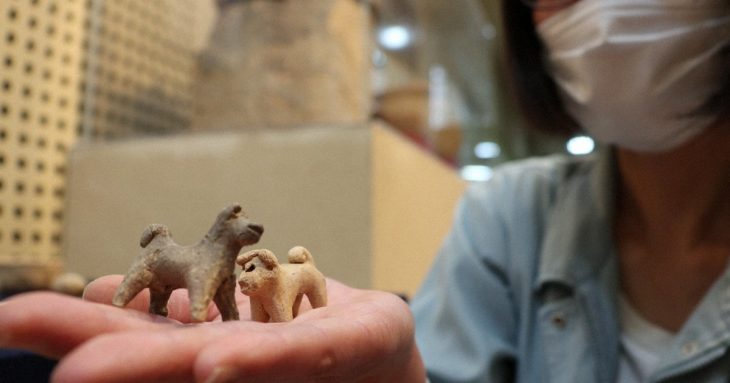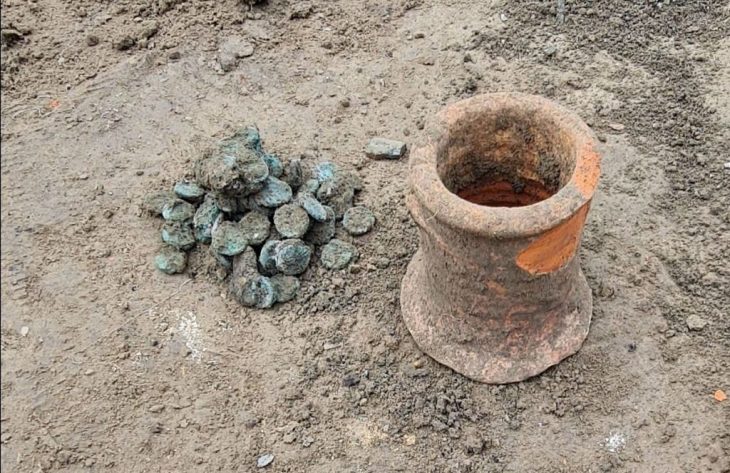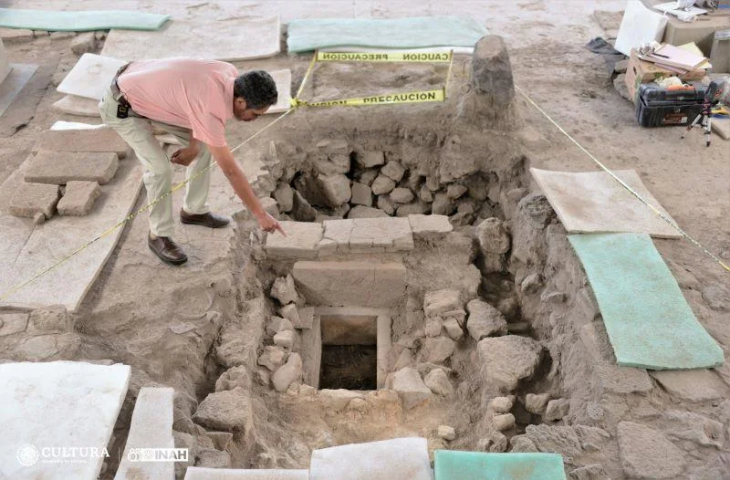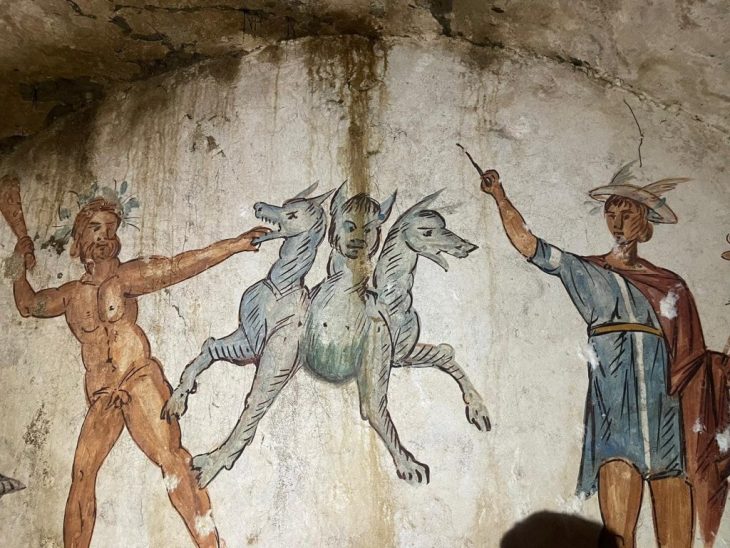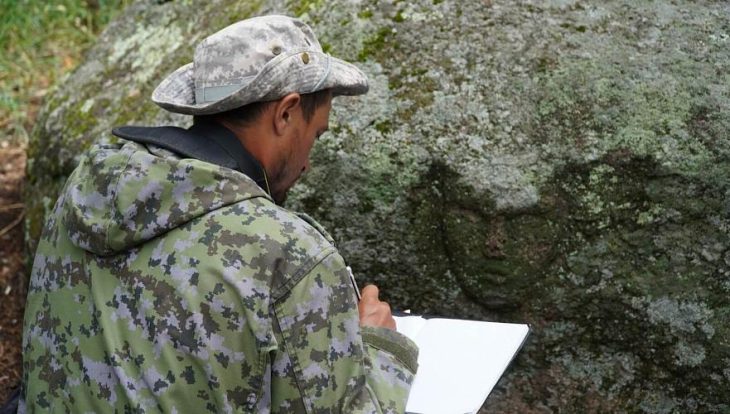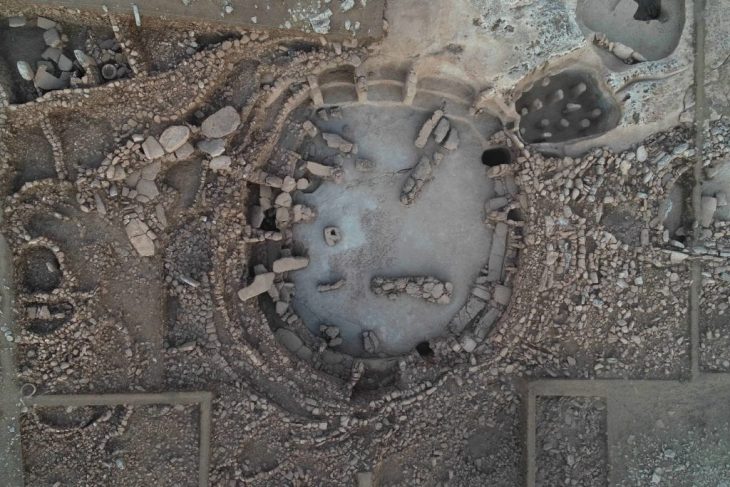Archaeologists have discovered the skeleton of an adult male lynx accompanied by four big dogs in a Roman-era pit in the Zamárdi-Kútvölgyi-dűlő II area in Hungary. In addition to being unusual, it is the only complete archeological lynx skeleton ever discovered in Europe.
There is no doubt that the Eurasian lynx, or Lynx lynx, is the most magnificent cat species in all of Europe. Although its range is vast across the continent, the only signs of its presence in human culture are typically found in the form of claws and pelts, which are most likely artifacts or clothing that belonged to prehistoric peoples. There are only a few examples recovered from sites in Hungary and the Netherlands, and these previous finds are incomplete.
A new archeological study details a truly strange burial—dating around the fifth or sixth century CE—that includes four dogs and lynx.
Analysis of the skeletons revealed that the lynx was comparable in size to the large dogs with which it was buried, albeit slightly smaller than the “elite” large dogs discovered in high-status Lombard graves at the time.
The remains were found in a 1.4-meter (4.6-foot) deep pit and were positioned at the bottom, with the dogs (two male and two female) on top. The details of the find were published last month in the journal in International Journal of Osteoarchaeology.

Working with a colleague from Stockholm University, the archaeologists from the Institute of Archaeology, HUN-REN Research Center for the Humanities in Hungary note in their study that the animals do not appear to have been arranged with any purpose.
“Although the physical reconstruction of the lynx was of help in appraising this special pit, the actual nature of the deposit remains in question,” the paper reads. “Possible interpretations range from the mundane discard of carcasses to the poorly understood ritual burial of carnivores, beginning with the lynx.”
The remains of these animals were discovered in west-central Hungary at the Zamárdi-Kútvölgyi-dűlő site. This pit dates to a period that was probably chaotic for Western Europe, right around the fall of the Roman Empire. This particular area was known as Pannonia when under Roman rule.
Germanic tribes occupied into the region with the fall of the Empire, and the deposit’s dating of 430–550 AD corresponds with the Lombards’ occupation, a Germanic group that arrived in the Danube region in the late 5th century and stayed there until 568 AD.
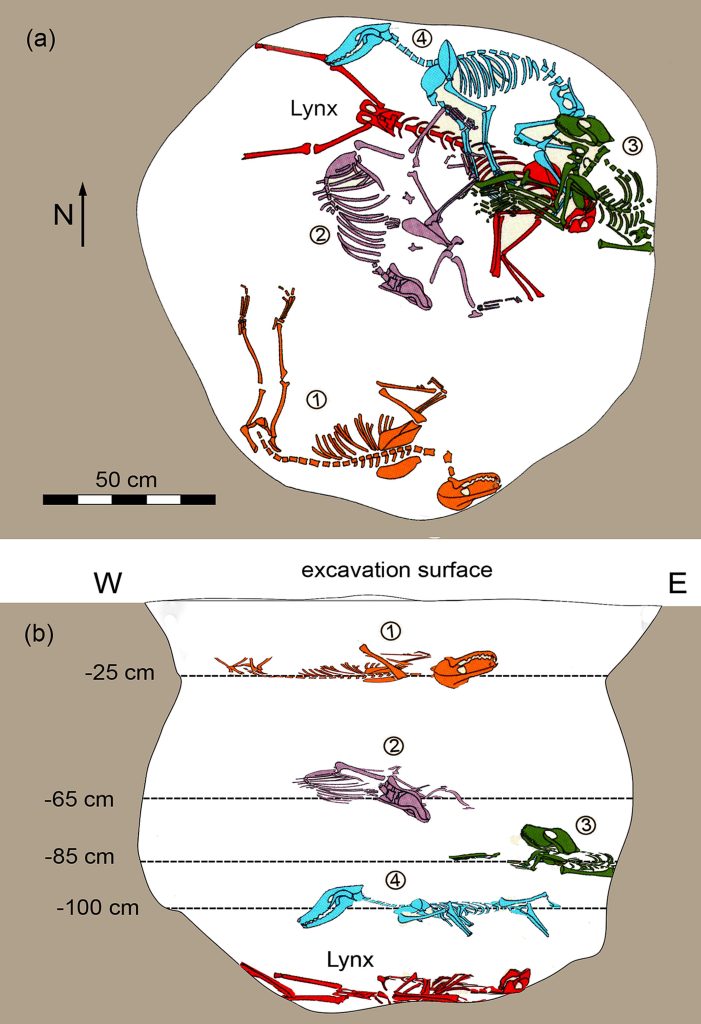
Animal burials have received a lot of attention in archaeology, but understanding this particular case is not greatly aided by known examples. However, unusual deposits of domestic animals, sometimes combined with human burials, have been documented, associated with Germanic peoples in ancient Pannonia.
Considering the variety of cultures in the area, it is unclear how the lynx was viewed in the outlying areas of Pannonia following the fall of the Roman Empire. Although the lynx was connected to the goddess Freyja in Scandinavian folklore, medieval sources depict animosity towards this enigmatic and “bloodthirsty” predator of the night.
The fact that the corpses don’t seem to be arranged with any special reverence, however, casts doubt on the notion that the burial was some sort of elaborate ceremony at the center of an early Middle Ages lynx cult.
Despite this contrary evidence, zooarchaeologist Victoria Moses told Live Science that while it’s hard to be certain, evidence pointing to the “likelihood of a ritualistic burial is high.” Sadly, it’s likely that we’ll never know for sure.

